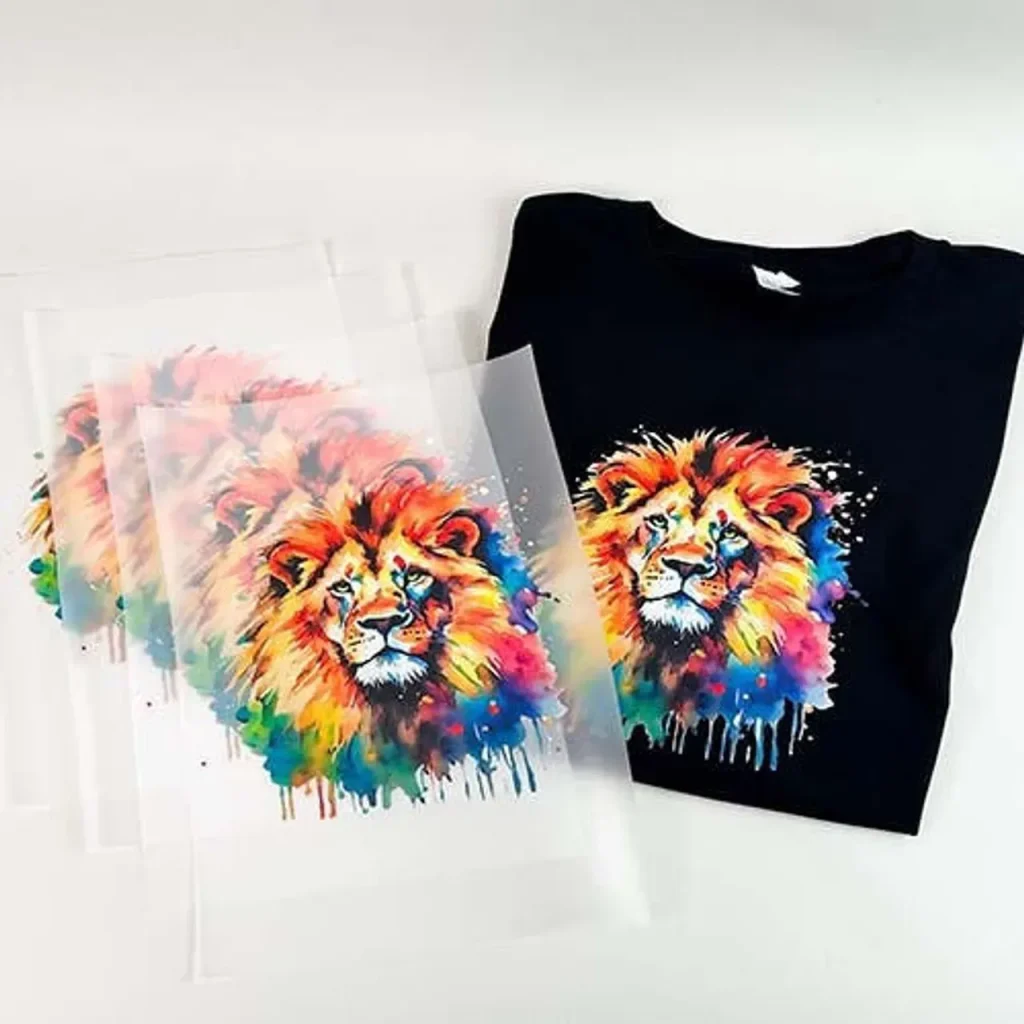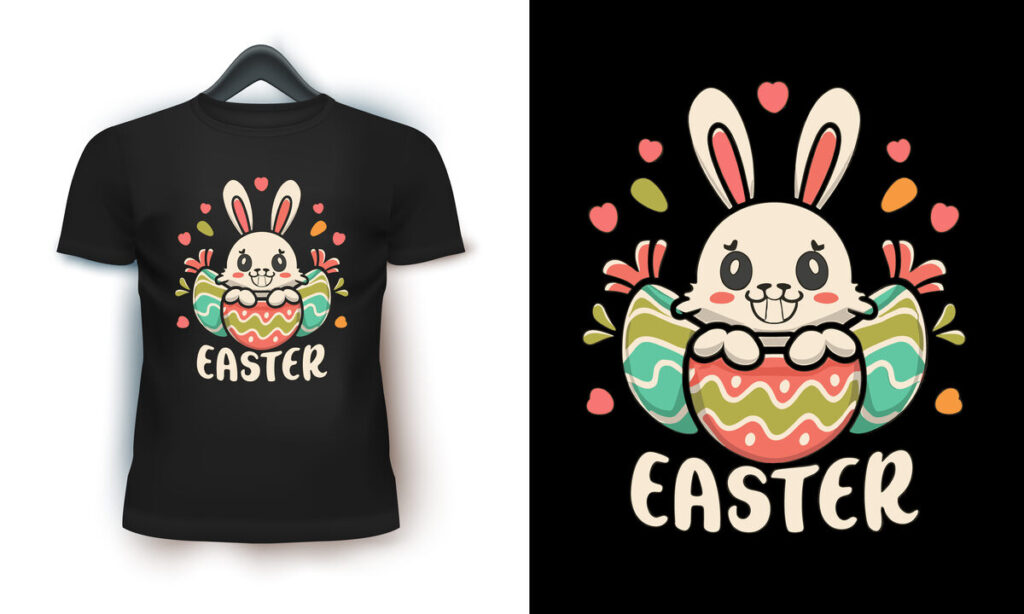DTF transfers, or Direct to Film transfers, have transformed the custom apparel scene, offering an innovative method for fabric decoration that is gaining rapid popularity. This technique involves a specialized DTF printing process where designs are printed onto a film and then transferred onto a variety of fabrics using heat. The appeal of DTF transfers lies in their versatility, allowing for vibrant images on materials ranging from cotton to polyester, making them an ideal choice for DIY enthusiasts and small businesses alike. In this guide, we will explore essential DTF materials, a step-by-step transfer guide, and the many advantages of this heat transfer printing method. Whether you are a novice or an experienced printer, understanding DTF transfers will help you unlock your creative potential and enhance your fabric projects.
When discussing custom fabric printing, many enthusiasts refer to methods such as film transfers or heat applied designs, both of which share similarities with DTF transfers. This process, known as Direct to Film printing, utilizes a unique approach for applying vibrant graphics to various textiles by first printing onto a specialized film. By integrating DTF printing techniques, creators can achieve high-quality, detailed designs that stand out on clothing and accessories. The popularity of such printing methods is on the rise, especially among small businesses looking to offer personalized merchandise. Delving into the world of DTF methods unveils a wealth of possibilities for artists and entrepreneurs to expand their design horizons.
Understanding the Basics of DTF Transfers
Direct to Film (DTF) transfers is an innovative printing technology that allows for the creation of vibrant, detailed designs on various fabric types. DTF transfers operate by printing images directly onto a specialized film which is then transferred to the fabric using heat and pressure. This method not only ensures durability but also maintains the color integrity of the prints, making it an excellent choice for custom apparel production.
For beginners venturing into the world of DTF printing, grasping the fundamental process and materials required is crucial. Understanding the basic concepts of DTF can streamline the learning curve and equip you with essential knowledge, from the design creation to the final heat transfer. With DTF, anyone can create professional-quality prints right from the comfort of their home or small business.
Frequently Asked Questions
What are DTF transfers and how do they work?
DTF transfers, or Direct to Film transfers, involve printing designs onto a special film with pigmented or aqueous inks. The printed film is then transferred onto various fabrics using heat, allowing for vibrant and detailed designs that adhere well to different materials.
What materials are required for the DTF printing process?
To start with DTF transfers, you need a DTF printer, transfer film (preferably high-quality PET film), adhesive powder, and a heat press machine. These materials are essential to achieve professional results during the DTF printing process.
How do I create a successful DTF transfer design?
To create a successful DTF transfer design, use graphic design software to ensure high resolution. Print the design on transfer film using specialized DTF inks, apply adhesive powder while the ink is wet, and carefully follow the curing and heat transfer process to achieve a durable and vibrant print.
What are the advantages of using DTF printing for custom apparel?
DTF printing offers several advantages, including versatility across different fabrics, high-resolution prints with vibrant colors, and efficient application without the need for weeding like traditional vinyl methods. This makes it ideal for creating custom apparel quickly and effectively.
What is the curing process in DTF transfers, and why is it important?
The curing process in DTF transfers involves melting the adhesive powder applied to the wet ink using heat. This step is crucial as it ensures that the ink bonds effectively to the fabric, leading to a durable and high-quality transfer that withstands washing and wear.
Where can I find resources for learning more about DTF printing techniques?
Numerous educational resources are available to help you learn about DTF printing techniques. Websites like YouTube offer tutorials, troubleshooting guides, and tips, while dedicated blogs and articles provide insights into industry trends and best practices for successful DTF transfers.
| Key Aspect | Description |
|---|---|
| What are DTF Transfers? | Transferring designs from a specialized film to fabric using heat and ink. |
| Materials Needed | DTF Printer, Transfer Film, Adhesive Powder, Heat Press. |
| Step-by-Step Process | Design Creation, Printing, Applying Adhesive Powder, Curing, Heat Transfer. |
| Advantages | Versatility, High Color Resolution, Efficiency. |
| Market Trends | Rapid technological advancements improving durability and versatility. |
| Educational Resources | YouTube tutorials, blogs, articles, and community forums. |
Summary
DTF transfers represent a significant innovation in fabric printing, providing a versatile and efficient method for creating stunning designs. From understanding the necessary materials and the step-by-step process to exploring the advantages and latest market trends, this guide equips beginners with everything they need to immerse themselves in the exciting world of DTF transfers. As you explore this technique, you’ll discover its potential for creativity and personalization, allowing your unique designs to shine and stand out in the competitive fabric printing market.



